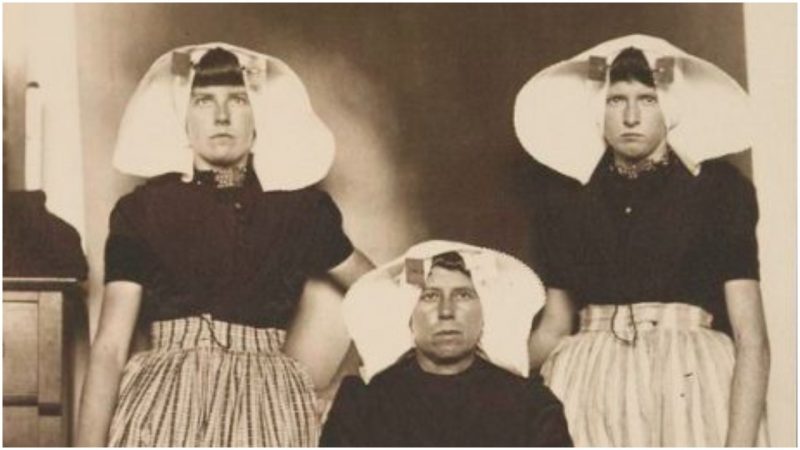For a little over 60 years, Ellis Island served as the country’s busiest point for admitting and processing immigrants from other countries. Between 1892 and 1954 it’s estimated that between 12 and 13 million migrants were processed there, according to Smithsonian, and an estimated 40 percent of all Americans can trace at least one ancestor who arrived via Ellis Island.
There are all sorts of stories that are associated with the immigration processing center, including the fact that not everyone who went there was allowed into the country, although relatively few were actually refused.
Particularly in the island’s first two decades of operation, if a would-be migrant made it as far as the island, there was a high probability that would be admitted into the US.
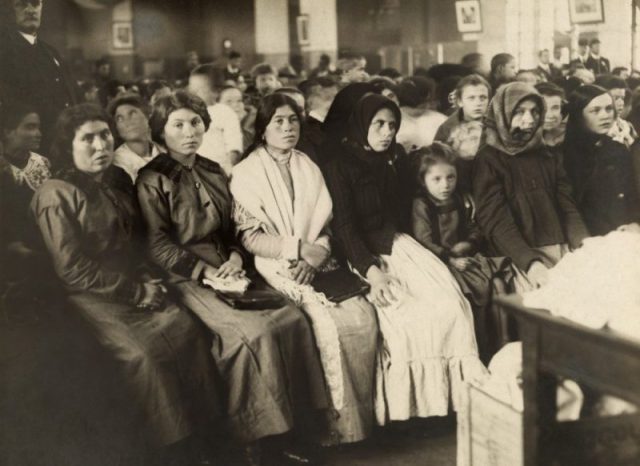
Another of the stories that’s extremely common among immigrant families who arrived through Ellis Island is that the surname they had in their old country was changed on their arrival.
It certainly sounds believable, given the sheer volume of travelers who inspectors had to process on a daily basis, many of whom had names that were difficult to spell or pronounce, and many of those incoming travelers were illiterate and couldn’t necessarily give a lot of support on how their names should be spelled.
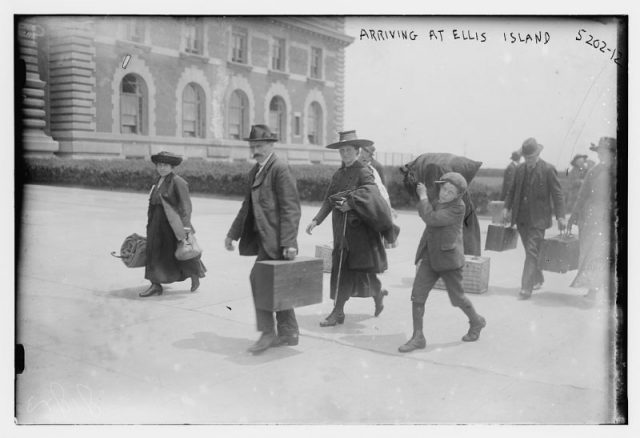
Even so, Peter Urban, a National Park Service Ranger who was part of the division of interpretation on Ellis Island, says it was much less common than many people might think.
The reason for that is that the inspectors on the island weren’t actually responsible for recording immigrant’s names. That job was one that occurred before people ever left their home country.
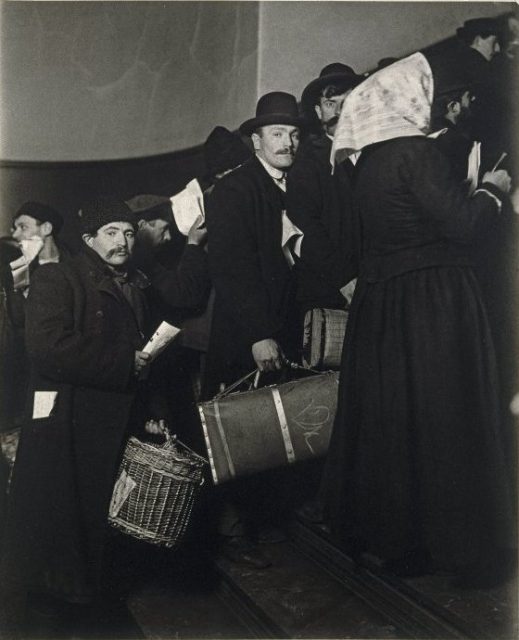
When a person or family was booking their trip to the US they would have to answer several questions designed to determine if they were able to perform manual labor, which was what most immigrants did for work after their arrival, and their names would be recorded by the ship’s captain or some other representative of the shipping line to be put on the ship’s manifest before the ship left the dock.
A writer for ThoughtCo noted that prior to going to a shipping company to book passage, immigrants would already have to have their personal documentation prepared and in order, a task that was usually undertaken by a local clerk in their home country.
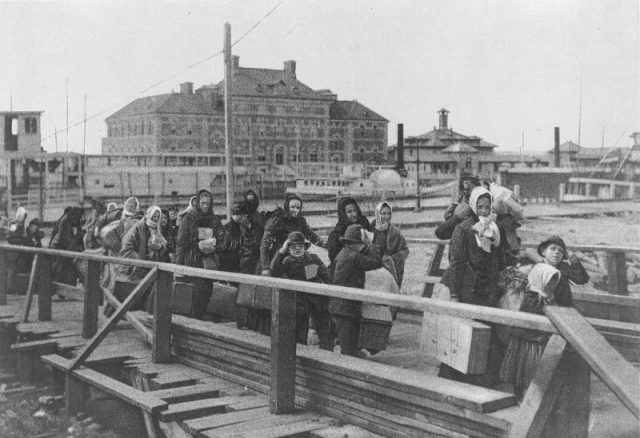
If someone was refused entrance at the island, then the ship which had brought them over would have to return them to their country of origin at the shipping company’s expense.
As a result, those companies were extremely motivated to ensure that the people they were carrying met all the required rules, and tended to check over people’s papers carefully.
https://youtu.be/BKQ4vzZ9xoY
Once a ship arrived at Ellis Island, its passenger manifest would be given to the inspectors, who would process the new arrivals by cross-checking them against the manifest and screening them for any issues that might bar their admittance. The passengers’ answers would then be checked against the paperwork that the inspectors had been given.
The inspectors themselves didn’t record the passengers’ names. It’s not even all that likely that inspectors would be faced with names that they just couldn’t understand, since the inspectors were, for the most part, foreign immigrants themselves who spoke many different languages.
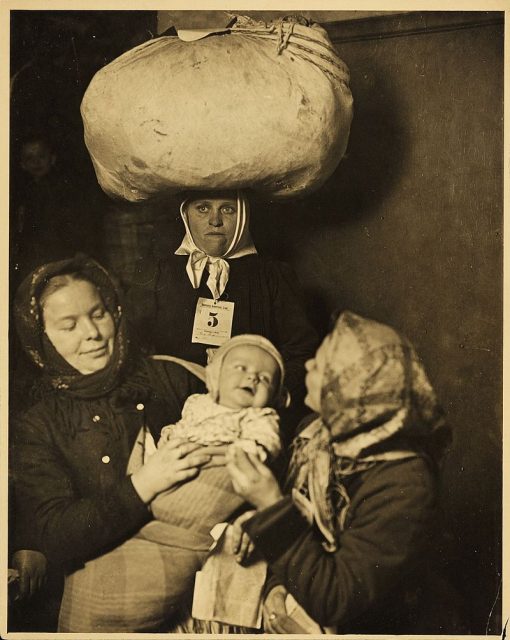
Having said that, if a name change occurred, but not back in the old country during the initial paperwork stages, chances are very high that the change was instigated by the immigrant him- or herself.
This was not uncommon, as new arrivals tried to make themselves sound more American, or at least wanted to blend more seamlessly into the communities where they were going to settle.
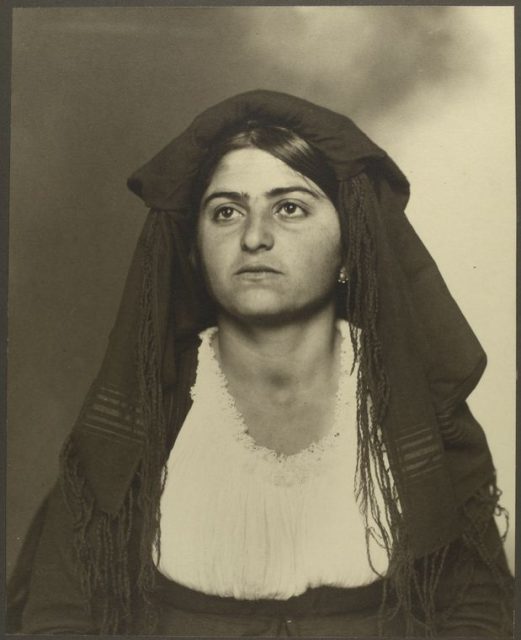
Prior to the Naturalization Act of 1906, there were no rules requiring the documentation of name changes, so it would be harder to track during that period.
Historians have also noted that if there were a significant number of name changes being made at Ellis Island, that information never seemed to make it into the newspapers, nor did any inspectors ever appear to mention it.
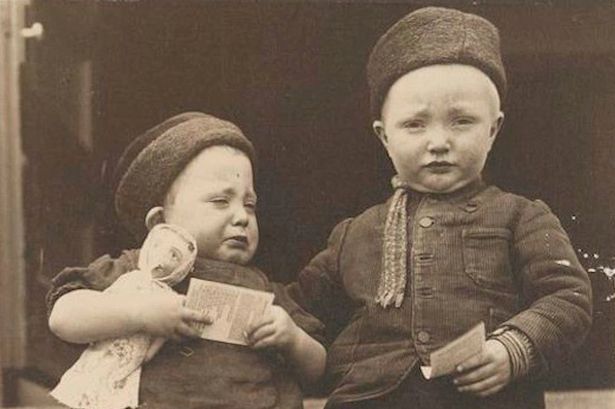
After 1906, the Naturalization Act specifically required name changes be documented because it was widely accepted that many immigrants did change their names, usually within five years of their arrival to the US, according to the immigration office.
Read another story from us: Fascinating portraits of immigrants at Ellis Island
Regardless of what point in the immigration process all those changes occurred, for many families coming to America was, in a very real way, almost like a rebirth full of new life and opportunity, which may be one of the best possible reasons for choosing a new name.
